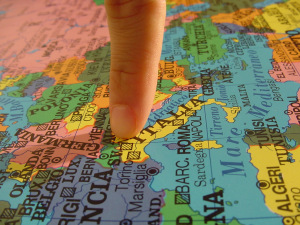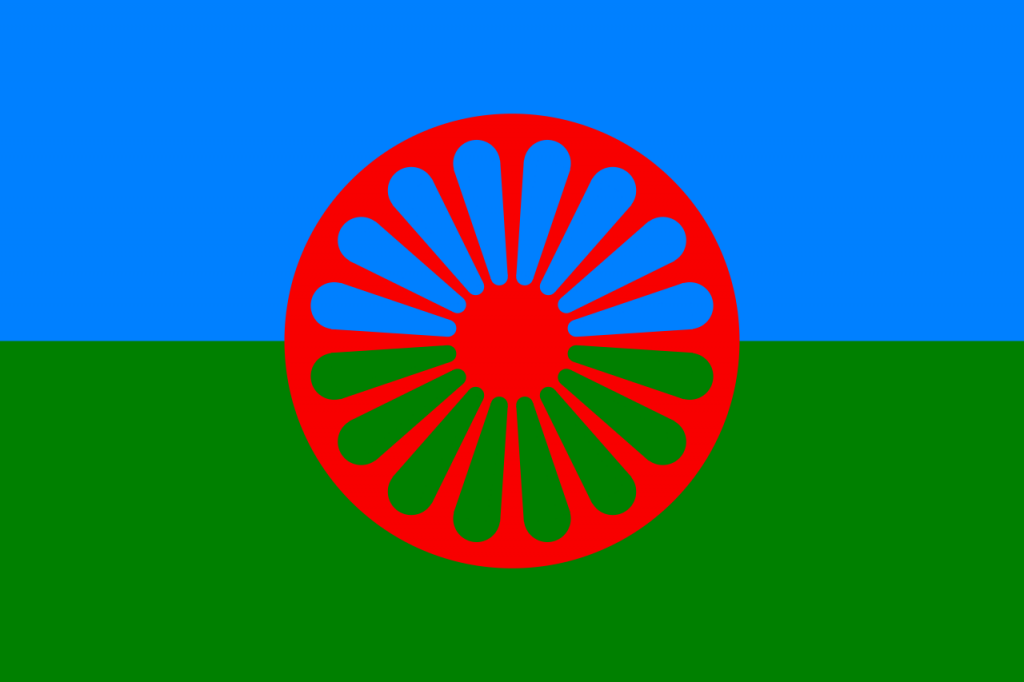The do’s and don’ts of localising your app. Top reasons to build translation into app design
 “When you’re localising your app for users around the world,“ says John Harper, Managing Director of specialist app marketing agency App Shine and today’s guest blogger, “don’t disappoint your customers by just translating your app store description. It’s vital to translate the app itself!”
“When you’re localising your app for users around the world,“ says John Harper, Managing Director of specialist app marketing agency App Shine and today’s guest blogger, “don’t disappoint your customers by just translating your app store description. It’s vital to translate the app itself!”
 I come across a lot of clients with different requirements, whether it’s for app development or marketing, looking to take over the world. In this article I’ll focus on the app development and localisation side mainly: the most important do’s and don’ts.
I come across a lot of clients with different requirements, whether it’s for app development or marketing, looking to take over the world. In this article I’ll focus on the app development and localisation side mainly: the most important do’s and don’ts.
When they have an idea for an app, many often think of execution in the context of their resident country. You conceptualise, design and create a fantastic, hopefully successful, app that sees fast success
And then it comes time to expand. You’ve got a strong user base in this country, you’ve reached the majority share of the target market here and you need new roaming grounds as you scale.
So you release your app into the app stores for other countries. You may even translate and localise your app store title, keywords and description to improve download numbers.
And yet your download numbers barely increase, your user retention goes down and your app store reviews look like a herd of angry elephants have stampeded through. How can this be?
The reality is, that if you’re going to maximise the potential for your app to become successful worldwide, there’s a lot to consider if you’re going to label your app as truly ‘global’.
Translating app store metadata is just the start
Translating the app store metadata for your app simply isn’t enough. If anything it can actually be harmful to your app’s reputation. If your first language is German, imagine being led to an app via the metadata, but the description and title are still in the original French. You’ll simply avoid it, right? – unless you’re looking to practise your French.
Now imagine seeing this same app, but instead the title and description are in English. You download the app and the whole thing is in German – the main menu, the tutorials, the settings. Pissed off? That tends to be what happens. And that’s why, if you want to avoid frustrating your customers, you need to consider translating and localising the app content too!
In the very first app we created – Rize – we made exactly that mistake. We only translated the app store details, leaving the content in English. Although we did find an increase in global downloads, we also saw a decrease in user retention, and no increase at all in revenue. So, if we look away from the vanity metrics, we actually didn’t do well from this decision.
Small improvements to user experience make a big difference
A lot of research has gone into seeing how the human-computer interaction principles vary between countries. I bring good news – much of the research indicates that usability guidelines stay the same across the globe, with only subtle changes from country to country. But this doesn’t mean you can ignore the user experience or design of your app when going global. If you’re looking to truly take over globally in your app niche then you need to prepare. Here are four steps I’d recommend you can take to understand the subtle usability and design requirements for your app in other countries.
1: Look at the language of the countries you’re targeting and talk to those who speak the language to understand if there will be any simple formatting requirements. Some languages need more character spaces than English, others need fewer, for example.
2: Do your research with people who use apps in your target markets. Get them to test either your app or a different app from your country. Ask how they’d make it different to suit how they would intuitively use an app. If you can, get some feedback from other app designers in that country.
3: Choose just a few countries to expand this work to. Don’t blow your whole budget on making this work right away for you by doing this for every single country worldwide – unless you have a lot of money to spend on design and user interface.
4: Remember there are many parts of your app to consider translating – if your app has a search functionality for example.
To sum up: if you’re still at the early stages with localising your app, decide on a handful of countries that you would like to expand to once you’ve got significant traction in your first country. Start as soon as possible to talk to people from these countries, trying to understand their expectations. Find yourself a good translation partner and build translation in at the design stage, so you’re prepared when you expand and localise.
If you already have an app out there, it’s not too late. I’d say focus on the language barrier first, and then move onto improving the user experience.
Designing an app for a range of countries can be an undertaking, but if you prepare well then you’ll do well.
And to re-iterate, don’t just translate your app store description without translating the app, or you’ll get a slap on the wrist from me!
Map image credit: Luca at free images.com
 Cintra guest blogger John Harper is Managing Director of specialist app marketing agency App Shine. Find out more at www.appshinemarketing.com
Cintra guest blogger John Harper is Managing Director of specialist app marketing agency App Shine. Find out more at www.appshinemarketing.com
Talk to us about localising your app!






Leave a Reply
You must be logged in to post a comment.